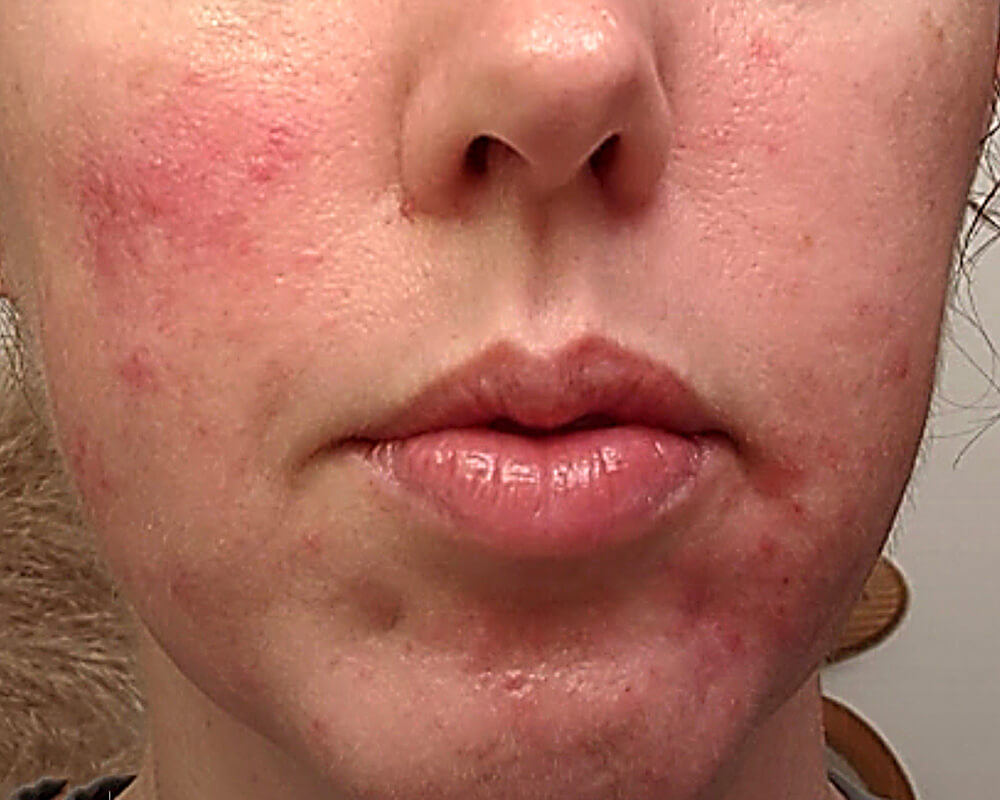 While rosacea is known primarily for its visible signs, such as persistent redness, the overwhelming majority of sufferers also experience unseen effects of the disease. In a recent NRS survey of 1,076 rosacea patients, 44.9% reported feeling discomfort frequently, 36.9% said only occasionally, while 15.3% said they experienced discomfort all the time. Less than 3% said they experienced no physical discomfort as a result of the condition.
While rosacea is known primarily for its visible signs, such as persistent redness, the overwhelming majority of sufferers also experience unseen effects of the disease. In a recent NRS survey of 1,076 rosacea patients, 44.9% reported feeling discomfort frequently, 36.9% said only occasionally, while 15.3% said they experienced discomfort all the time. Less than 3% said they experienced no physical discomfort as a result of the condition.
The discomfort associated with rosacea comes in many forms. Burning, stinging and itching sensations are most common, with 76.4%, 60.0% and 57.0% of respondents experiencing them, respectively. Tightness (45.5%), swelling (45.0%) and tenderness (42.7%) were also common, as were tingling (31.6%) and prickling (26.6%) feelings. Nearly a quarter of respondents (23.8%) said they had experienced headaches; research has shown a high prevalence of migraine among those with rosacea.1
When asked where the physical discomfort of rosacea most commonly occurred, the answers followed the classic pattern for visible signs of the disease: 88.6% of respondents said the cheeks, 58.6% said the nose, 44.1% said the eyes, 40.8% said the forehead and 39.4% said the chin. Less common locations included the scalp (18.2%), neck (15.6%), ears (14.7%), chest (8.8%), behind the ears (8.9%) and mouth (8.3%).
When asked if discomfort accompanied visible signs of rosacea, 68.9% of survey participants responded with a resounding “yes,” while an additional 27.2% said that discomfort and other physical symptoms occur together only sometimes.
Fortunately, medical therapy can help relieve physical discomfort and improve the more visible symptoms of rosacea. Two thirds of respondents (63.5%) said treatment had improved the visible signs of rosacea at least somewhat, and slightly more (67.0%) said it had also improved the physical discomfort associated with the disorder.
Reference:
1. Egeberg A, Ashina M, Gaist D, et al. Prevalence and risk of migraine in patients with rosacea: A population-based cohort study. J Am Acad Dermatol 2017 Mar;76(3):454-458. doi: 10.1016/j.jaad.2016.08.055. Epub 2016 Nov 3. PMID: 27817869.